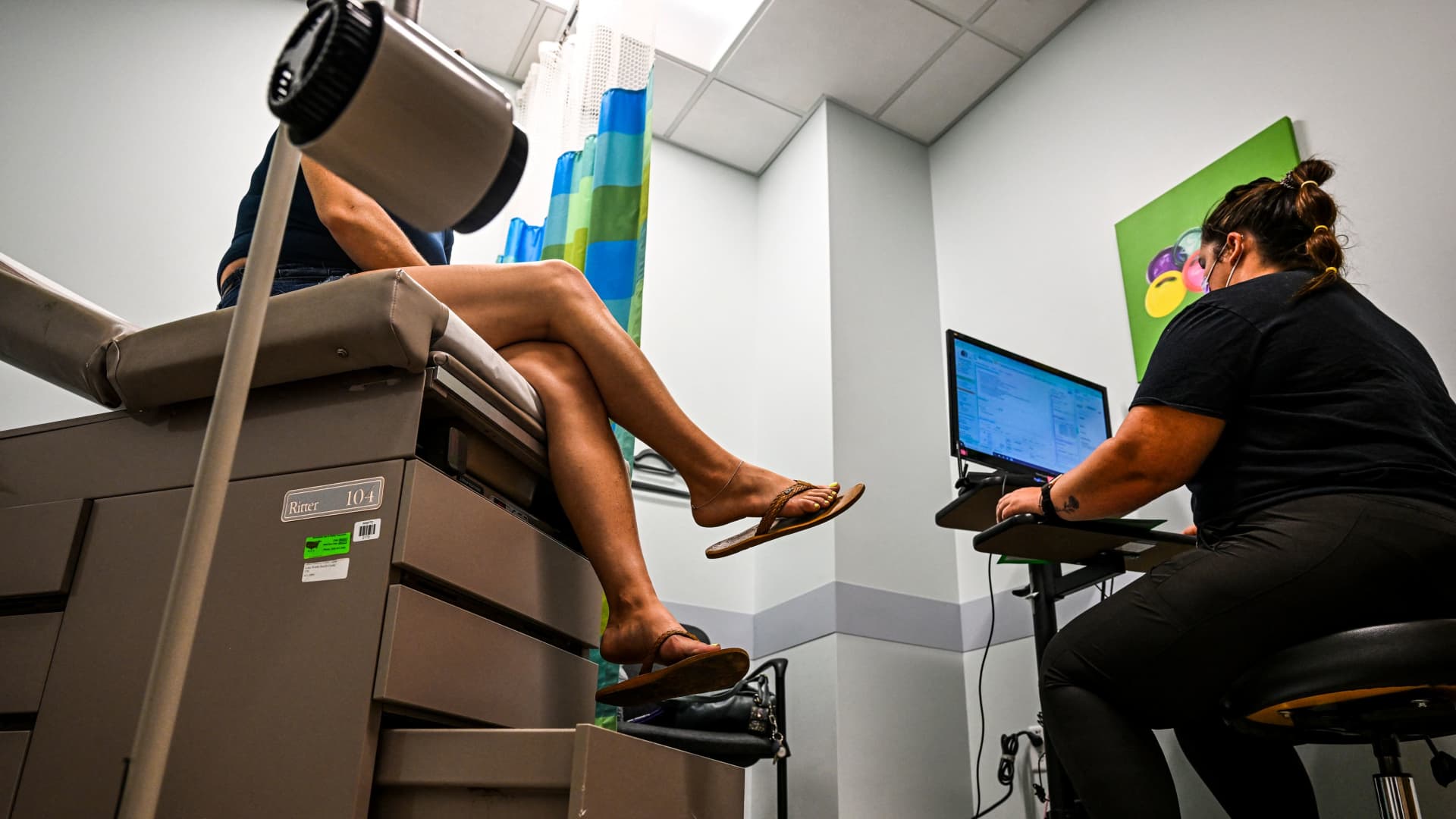Fight Aging with Brain-Healthy Foods
What is the best source of lutein, the primary carotenoid antioxidant in the brain? “An extensive [scientific] literature describes the positive impact of dietary phytochemicals […]
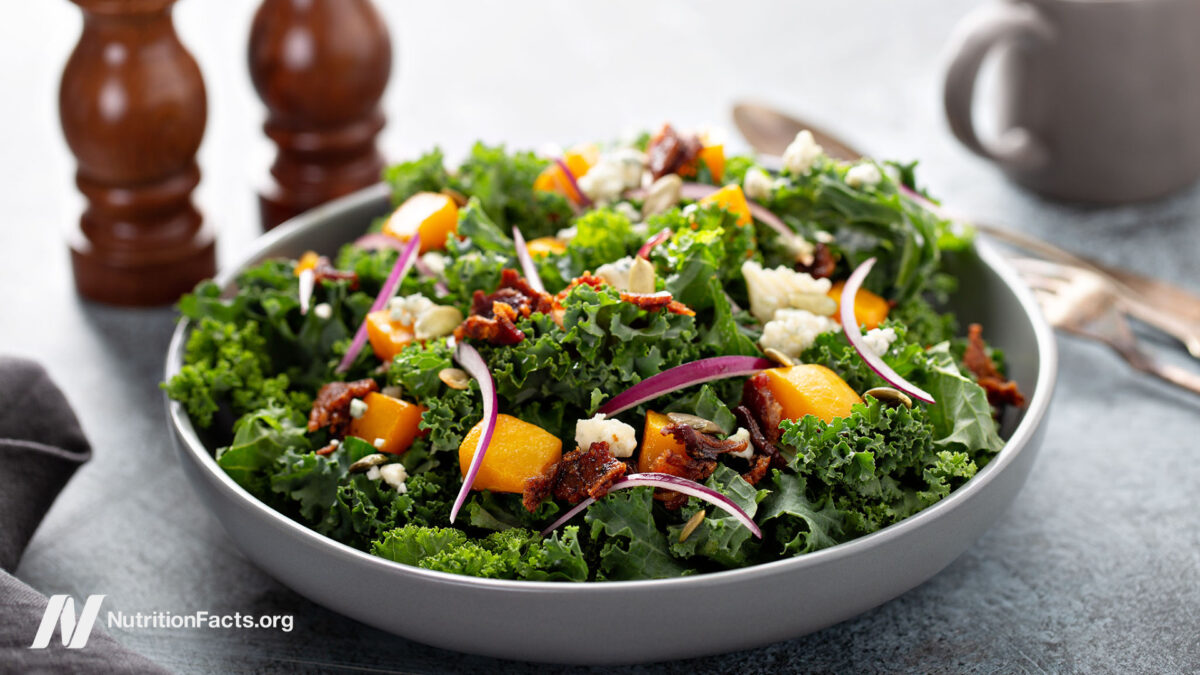
What is the best source of lutein, the primary carotenoid antioxidant in the brain?
“An extensive [scientific] literature describes the positive impact of dietary phytochemicals [plant compounds] on overall health and longevity…However, it is now becoming clear that the consumption of diets rich in phytochemicals can influence neuro-inflammation”—that is, brain inflammation—“and mediate the activation of signaling pathways, leading to the expression of cytoprotective [cell protective] and restorative proteins.” As I discuss in my video Friday Favorites: Brain-Healthy Foods to Fight Aging, just “over the last decade, remarkable progress has been made to realize that oxidative and nitrosative stress (O&NS) and chronic, low-grade inflammation are major risk factors underlying brain aging,” so it’s no wonder that antioxidant and anti-inflammatory foods may help.
“The brain is especially vulnerable to free radical attack,” oxidative stress, due to its high fat content and cauldron of high metabolic activity. You don’t want your brains to go rancid. You’d think that one of the major fat-soluble dietary antioxidants would step in, like beta-carotene, but the major carotenoid concentrated in the brain is actually lutein. Our brain just preferentially sucks it up.
For example, look at the “oldest old,” like in the Georgia centenarian study. Recognizing that “oxidative stress is involved in age-related cognitive decline,” researchers figured that “dietary antioxidants…may play a role in the prevention or delay in cognitive decline,” so they looked at eight different ones: vitamin A, vitamin E, and on down the list. Only lutein was “significantly related to better cognition.” Now, in this study, researchers looked at brain tissue on autopsy, but by then, it’s a little too late. How could you study the effects of diet on the brain while you’re still alive? If only there were a way we could physically look into the living brain with our own two eyes. There is. With our own two eyes.
The retina, the back of our eyeball, is actually an extension of our central nervous system, an outpouching of the brain during development. And, as you can see at 2:02 in my video, there’s a spot right in the middle. That is what the doctor sees when looking into your eye with that bright light. That spot, called the macula, is our HD camera, where we get the highest resolution vision, and it’s packed with lutein.
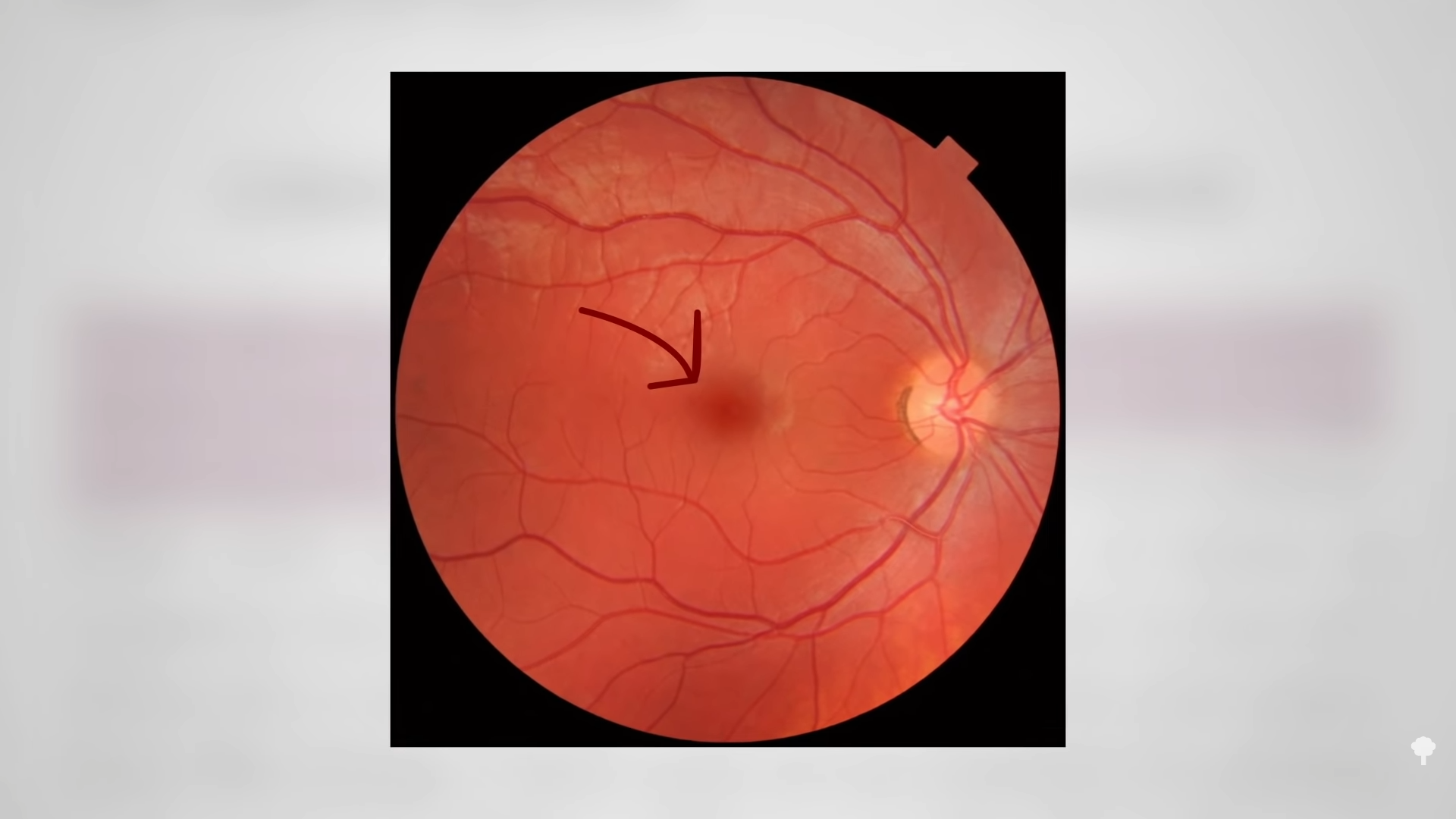
And, levels in the retina correspond to levels in the rest of our brain so our eyes can be a window into our brain. So, now we can finally do studies on living people to see if diet can affect lutein levels in the eyes, which reflects lutein levels in the brain, and find out if that correlates with improvements in cognitive function. And, indeed, significant correlations do exist between cognitive test scores and the amount of macular pigment, these plant pigments like lutein in your eye. You can demonstrate this on functional MRI scans, suggesting lutein and a related plant pigment called zeaxanthin “promote cognitive functioning in old age by enhancing neural efficiency”—that is, the efficiency by which our nerves communicate. Researchers conducted a fascinating study on white matter integrity using diffusion tensor imaging, which “provides unique insights into brain network connectivity,” allowing you to follow the nerve tracts throughout the brain. As you can see at 3:14 in my video, researchers were also able to show enhanced circuit integrity based on how much lutein and zeaxanthin they could see in people’s eyes; this is “further evidence of a meaningful relationship between diet and neural integrity” of our brains, “particularly in regions vulnerable to age-related decline.”

So, do Alzheimer’s patients have less of this macular pigment? One study found significantly less lutein in their eyes, significantly less lutein in their blood, and a higher occurrence of macular degeneration, where this pigment layer gets destroyed. As you can see at 3:45 in my video, the thickness of this plant pigment layer in our eyes can be measured and may be a potential marker for the beginnings of Alzheimer’s. Let’s not wait that long, though. We know macular pigment density is related to cognitive function in older people, but what about during middle age?
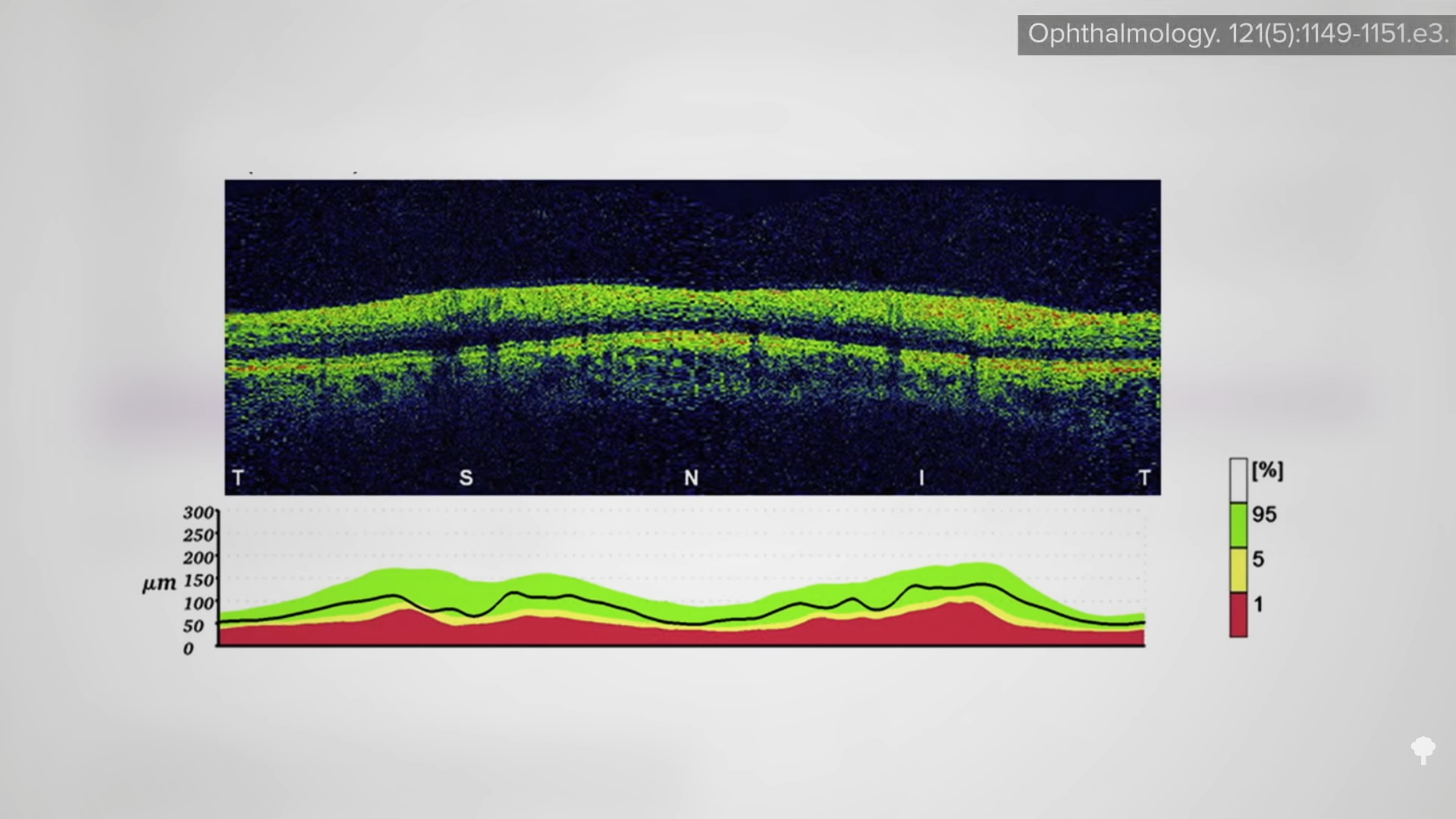
“One apparent consequence of aging appears to be loss of some aspects of cognitive control,” which starts out early, in mid-adulthood, but not in everybody. This suggests that “it is possible that behavior, such as one’s diet, could drive some of these differences.” As you can see at 4:16 in my video, a measure of cognitive control showed that, on average, younger adults do better than older adults, but older adults who have high macular pigment, a lot of lutein in the back of their eyes, do significantly better. These results suggest that the “protective role of carotenoids” like lutein within the brain “may be evident during early and middle adulthood, decades prior to the onset of older age” and more apparent cognitive decline later in life.

You can take 20-year-olds and show superior auditory function, or hearing, in those with more macular pigment in their eyes. “The auditory system, like the rest of the central nervous system, is ultimately constructed and maintained by diet and it is therefore, not surprisingly, sensitive to dietary intake throughout life”—all the way back to childhood.
Higher macular pigment is associated with higher academic achievement among schoolchildren. You can look into a kid’s eyes and get some sense of how well they may do in subjects like math and writing. “This finding is important because macular L [lutein] is modifiable and can be manipulated by dietary intake in most of the population.” And where is lutein found? The avocado and egg industries like to boast about how much of these macular pigments they have in their products, but the real superstars are dark green leafy vegetables. A half cup of kale has 50 times more lutein than an egg. So, a spinach salad or a 50-egg omelet? You can see a chart of lutein/zeaxanthin content of some common foods at 5:33 in my video.
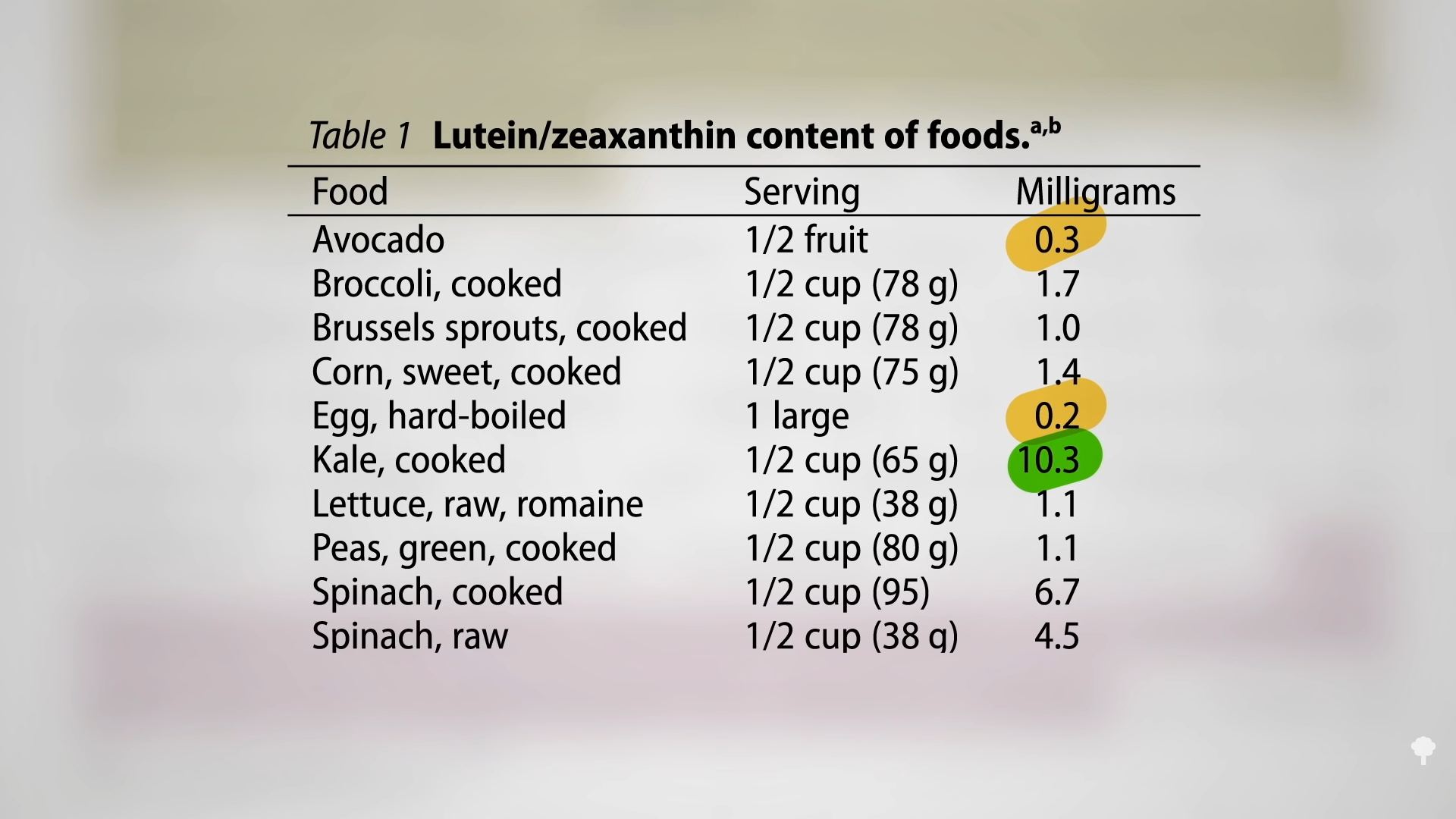
When should we start loading up on lutein? It seems the earlier, the better, and pregnant and breastfeeding women especially should definitely be checking off my Daily Dozen greens servings. But, it’s also apparently never too late to start. “While some age-related cognitive decline is to be expected in healthy aging…these effects may be less pronounced” among those eating more leafy greens, but you don’t know for sure until you put it to the test, which I explore in my next video Friday Favorites: Do Lutein Supplements Help with Brain Function?.
What was that about my Daily Dozen? Check out Dr. Greger’s Daily Dozen Checklist.

 BigThink
BigThink 












